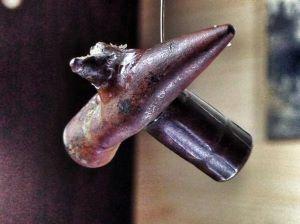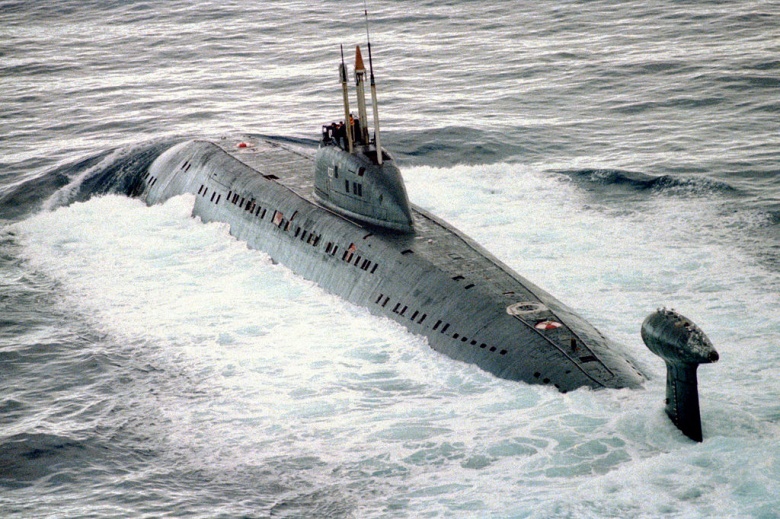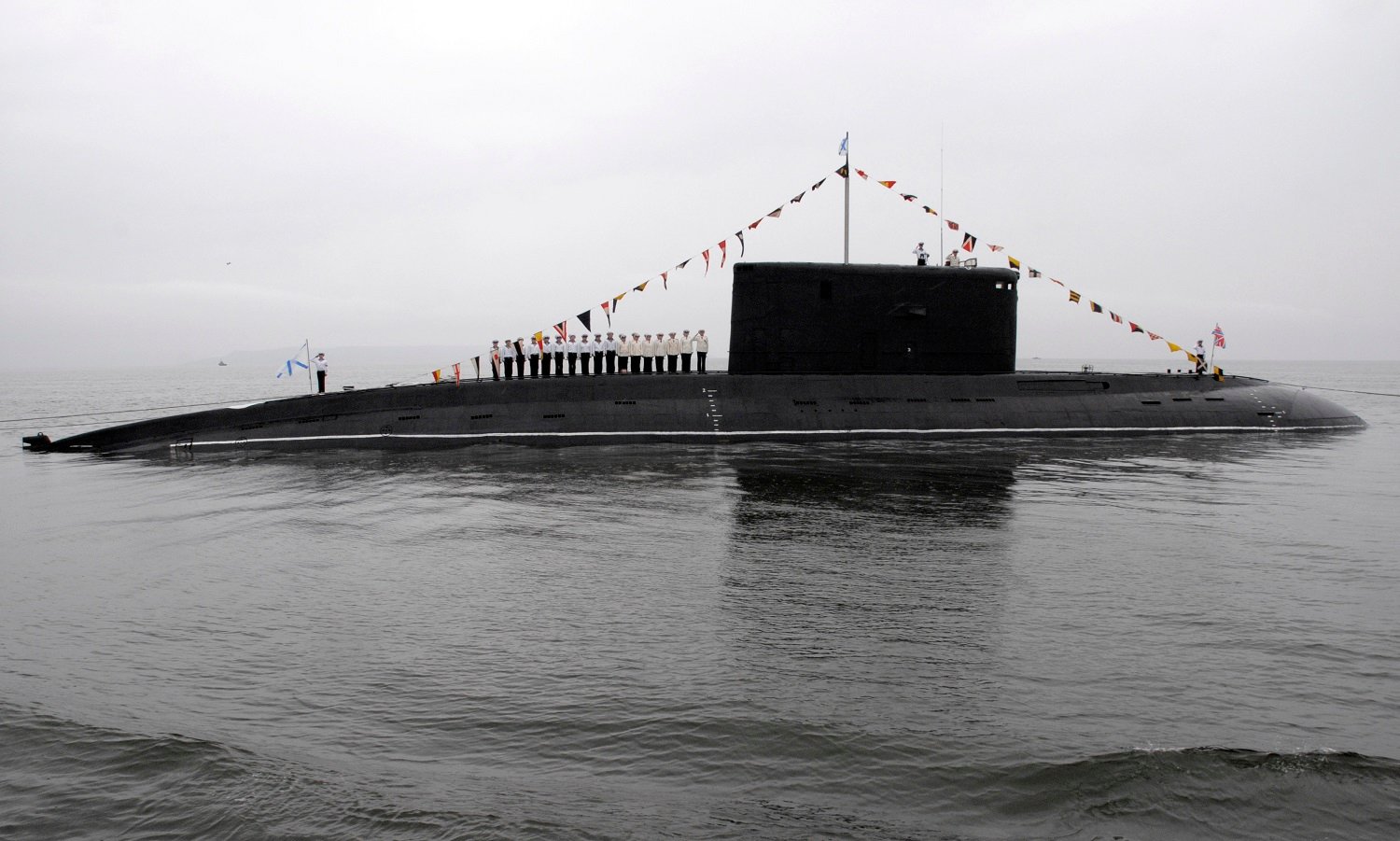"Sir, Our Nuclear Submarine Sank...Again": A Russian Sub Made History and Sunk Twice

Despite technological advancements making submarines safer today, they still operate with a razor-thin margin for error, as highlighted by incidents like the Soviet K-429, a Charlie-I class nuclear submarine that sank twice.
Submarines are inherently dangerous, especially during World War II when U.S. Navy submariners had a 20% casualty rate, and Nazi Kriegsmarine submariners had a staggering 75% casualty rate. Despite technological advancements making submarines safer today, they still operate with a razor-thin margin for error, as highlighted by incidents like the Soviet K-429, a Charlie-I class nuclear submarine that sank twice.

Launched in 1972, K-429 first sank in 1983 due to structural repairs being incomplete, leading to the deaths of 14 sailors. Raised and repaired, it sank again in 1985 due to worker negligence, making it a rare submarine to have sunk twice.
AfriPrime App link: FREE to download...
https://www.amazon.com/Africircle-AfriPrime/dp/B0D2M3F2JT
Soviet Submarine K-429: The Rare Sub that Sank Twice
Submarines are inherently dangerous machines.
Designed for travel beneath the surface of the ocean in an environment that is incompatible with human life, submarines have a razor-thin margin for mechanical error.
Submarines are much safer today, but during World War II, while seemingly the entire globe was embroiled in conflict across the air, land, and sea, being in a submarine was just about the single most dangerous place you could be.
In the U.S. Navy, submariners had a 20 percent casualty rate – the most of any occupation in the U.S. military during the war.
In the Nazi Navy, the Kriegsmarine, submariners had a remarkable 75 percent casualty rate – again, the highest of any occupation in the Nazi war machine.
Through the Cold War, submarine technology improved while open conflict involving submarines became rare. Accordingly, submarines became much safer. But the margins for error were still thin, as the occasional incident demonstrated.
The Soviet K-429, a Charlie-I class nuclear submarine, for example, sank not once, but twice.
The K-429 Submarine
“Submarines are rarely given a second chance,” Boris Egorov wrote. “Once it sinks, the sea bottom becomes its grave. Sometimes it can be raised, but its service life is definitely over. There are exceptions, though.” Namely, the K-429.
The K-429 was a nuclear-powered submarine that was launched in 1972. In 1983, the crew was given orders to sail for a series of training drills. The crew was alarmed, given that the K-429 was still undergoing structural repairs.
The crew objected. The Soviet high command, commonly understood to have less reverence for human life than most other military organizations, didn’t care, ordering the K-429 to sea.
During the very first dive, a section of the K-429 was instantly flooded, killing 14 sailors, and causing the submarine to sink to the bottom of Sarannaya Bay, some 40 meters beneath the surface.

That the K-429 didn’t sink in the ocean, some 400 meters deep, was sheer luck.
But not everything went the crew’s way – they were unable to launch an SOS beacon to notify the Soviet Navy of the K-429’s situation and location.
The 106 surviving crew members were trapped on the ocean floor, and their comrades were unaware.
Eventually, two members of the crew crawled through the torpedo tubes, swam to the surface, and encountered a patrol boat. Crazy stuff. Soviet divers delivered breathing apparatuses to the K-429s crew, who then began to abandon the sub through the torpedo tubes and a non-flooded compartment.
“You couldn’t imagine what it was like to crawl in total darkness in a diving suit through the flooded torpedo section, which is almost nine meters long and just 53 cm wide. At one moment, you start to think that you’ll never get out of this iron tube. Fear starts to fetter your movements, occupy your mind and suppress your will,” said the K-429’s commander, Captain Nikolay Suvorov – who was scapegoated for the incident, court martialed, and sentenced to ten years of prison because, you know, Soviet Union.

The K-429 was raised from the bottom of Sarannaya Bay and docked for repairs.
There, in 1985, after 300 million rubles were invested, the K-429 sank right at the pier. Why? worker negligence. No one was killed. But the K-429 claimed the dubious distinction of having sunk twice.
AfriPrime App link: FREE to download...
- Questions and Answers
- Opinion
- Motivational and Inspiring Story
- Technology
- Live and Let live
- Focus
- Geopolitics
- Military-Arms/Equipment
- Security
- Economy
- Beasts of Nations
- Machine Tools-The “Mother Industry”
- Art
- Causes
- Crafts
- Dance
- Drinks
- Film/Movie
- Fitness
- Food
- Games
- Gardening
- Health
- Home
- Literature
- Music
- Networking
- Other
- Party
- Religion
- Shopping
- Sports
- Theater
- Health and Wellness
- News
- Culture

